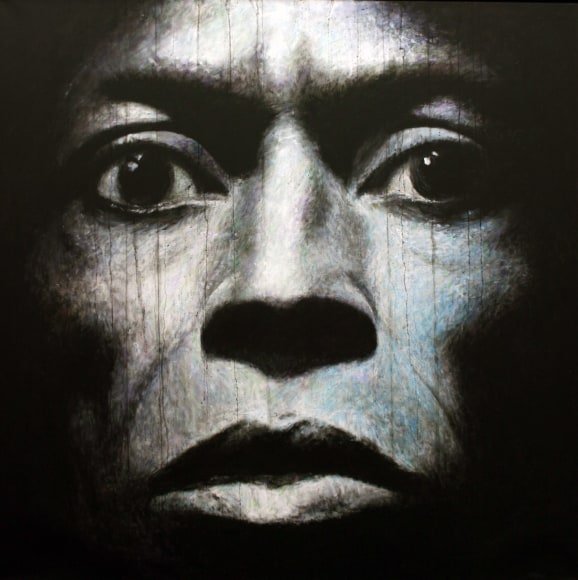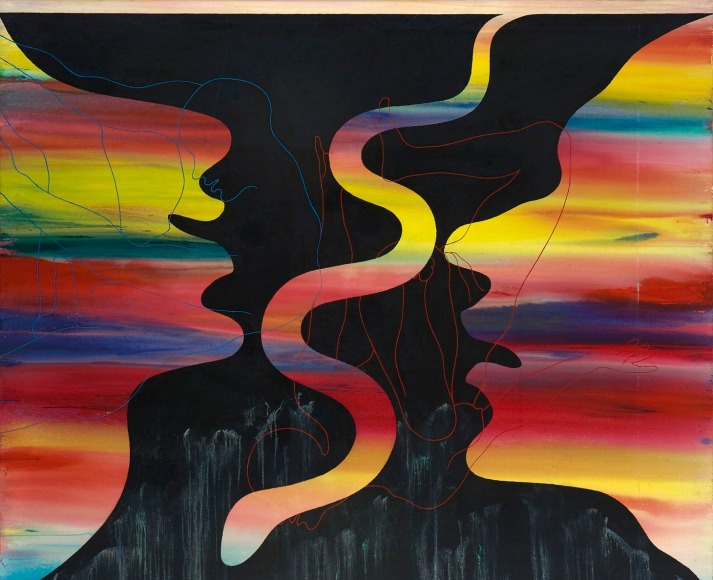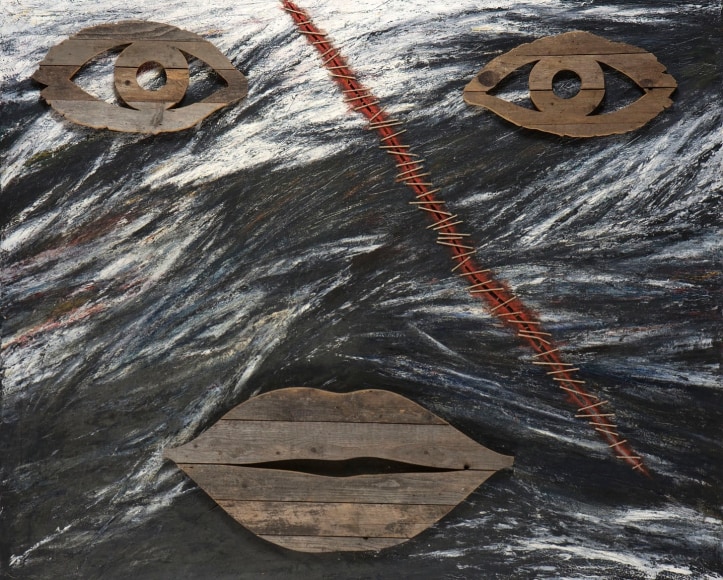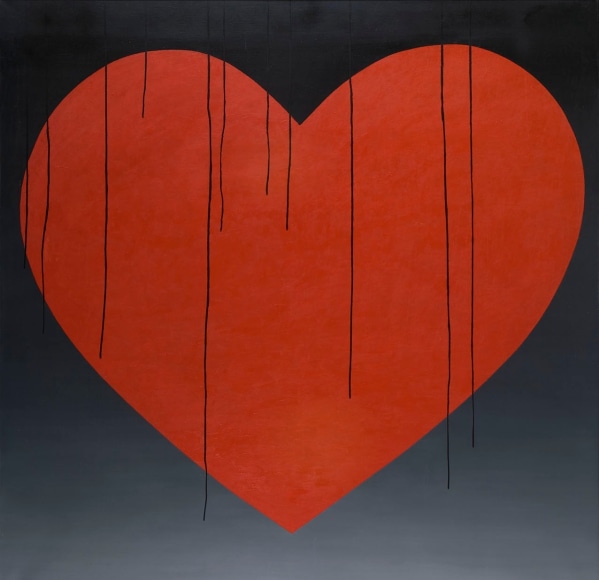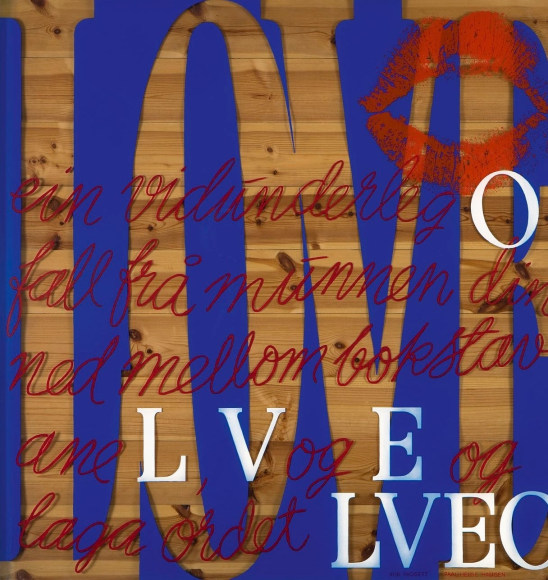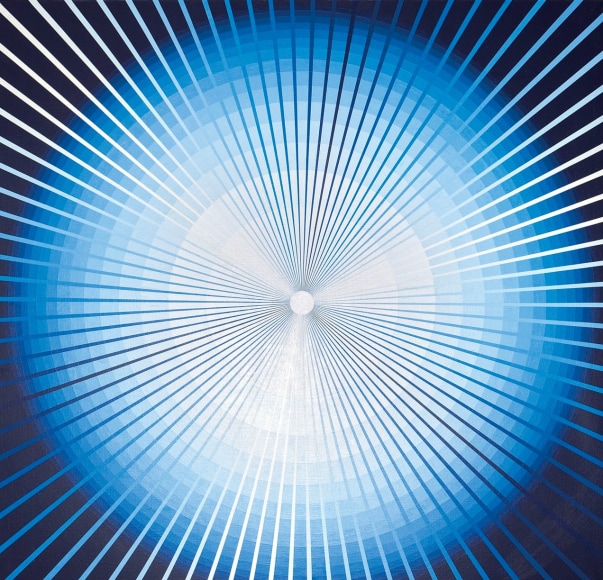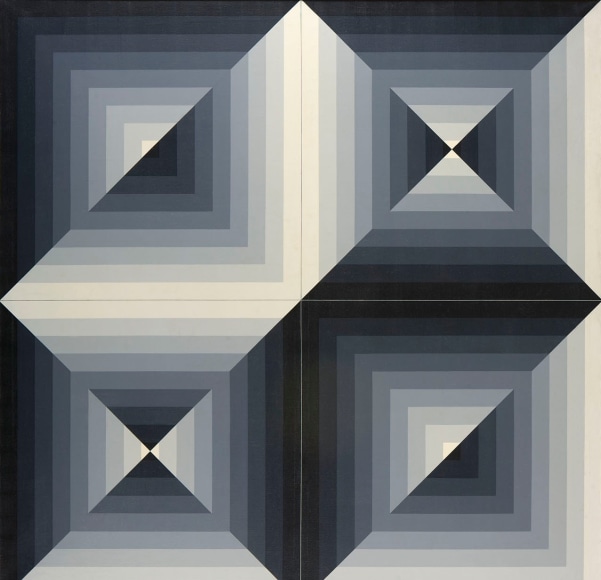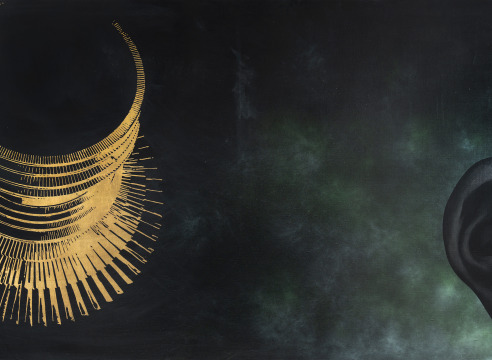
Per Kleiva (1933-2017) was educated at the National Academy of Art in Oslo, Copenhagen, Stockholm, and the Academy of Art in Florence, Italy. Kleiva mastered a variety of media but is most celebrated for his paintings and woodcuts. Inspired by artists such as Jim Dine, Roy Lichtenstein, and Andy Warhol, Kleiva became a prominent figure in the pop art movement in Norway during the 1960s.
Kleiva was among the artists who took pop culture in an explicitly political direction, as opposed to American colleagues such as Andy Warhol and Roy Lichtenstein. His works frequently carried strong political messages condemning global issues such as US warfare in Vietnam and praising communism in China. Still today, Kleiva’s works communicate central issues in society and human nature, prompting viewers to contemplate our actions. Without giving answers, he addresses unpleasant subjects and encourages reflection on infected worldly issues.
Kleiva co-founded the Norwegian artist group GRAS, which focused on prints and socio-political subjects. Members of the group, including Anders Kjær, Willibald Storn, Victor Lind, Morten Krogh, and Kleiva, each had their own unique styles, though all were influenced by American Pop Art. GRAS provided opportunities and produced prints of high quality in large quantities, becoming a tool for mass production.
His work "American Butterflies" from 1971 is perhaps his most famous. The silk-printed piece has gained iconic status in Norwegian art history. With its simple, symbolic, and figurative elements, the image delivers a clear message of its time, critiquing the USA's involvement in the Vietnam War. The print depicts US helicopters flying over burning Vietnamese soil, with transparent butterfly wings replacing their propellers. Kleiva's sympathy for humankind and revolt against repression are his main subjects throughout his artistry, and the utopian message in "American Butterflies" stands as an iconic piece.
Kleiva's works are represented in public collections such as the Museum of Contemporary Art in Norway, Oslo Municipal Art Collection, Aaros Museum of Art (Denmark), The Gulbenkian Foundation (Portugal), the National Museums of Warsaw, Wrocław, and Poznań (Poland), The Archive Museum of Lund (Sweden), and the collection of Equinor.

